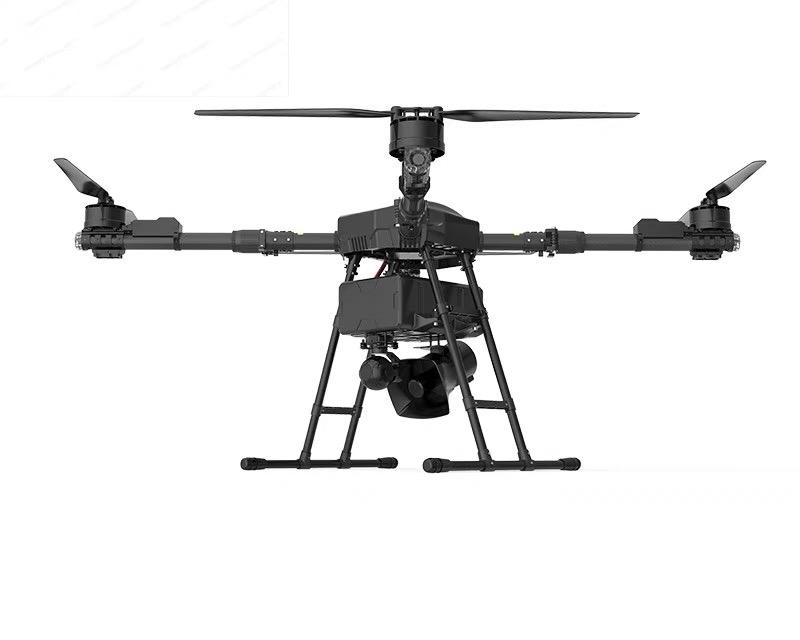Remote control drones with cameras are revolutionizing the way we capture the world. As technology evolves, drones equipped with high-resolution cameras offer a bird’s-eye view that was once unimaginable. These devices have become pivotal in various fields, from photography to agriculture, and continue to expand their influence. If you’re considering investing in a drone, it’s essential to understand the nuances that make these flying cameras truly remarkable.
The Marvels of Aerial Photography
One of the most compelling features of remote control drones with cameras is their ability to capture stunning aerial photographs. From expansive landscapes to urban architecture, drones enable photographers to access previously unreachable angles and perspectives. This technology has democratized aerial photography, making it more accessible to enthusiasts and professionals alike.
Investing in the Right Drone
Choosing the right drone can be overwhelming, given the plethora of options available today. When selecting a remote control drone with a camera, consider factors such as camera quality, flight range, battery life, and GPS capabilities. For enthusiasts focused on photography, investing in a drone with a high-resolution camera and stability features will ensure your images are clear and breathtaking.
Enhancing Imaging Capabilities
Drones with advanced imaging capabilities often include features such as image stabilization and panoramic modes. These enhance the overall quality of your photos and videos. Image stabilization reduces blurring caused by drone movement, resulting in crisp and detailed visuals. Panoramic modes allow you to capture wide landscape scenes, providing a more immersive experience.
Applications in Diverse Fields
The applications of remote control drones with cameras extend far beyond photography. In agriculture, drones are utilized to monitor crop health and plan efficient irrigation strategies. Real estate professionals use drones to capture captivating property images and videos, enhancing marketing efforts. Additionally, they play a crucial role in surveying and environmental conservation efforts by providing vital data.
Security and Safety Considerations

With the rise of drone usage, ensuring safety and compliance with regulations has become imperative. It’s crucial to be aware of legal requirements concerning drone flights in your area. Register your drone with the appropriate authorities, and always adhere to guidelines regarding no-fly zones. Prioritizing safety will not only protect your investment but also ensure responsible usage.
Advancements in Technology
Technological advancements continue to transform remote control drones with cameras. Modern drones are equipped with AI-powered features that allow for autonomous flight paths and obstacle detection. These innovations simplify navigation and result in more efficient and precision-focused usage, pushing the boundaries of what’s possible.
FAQ
Q: What is the flight range of most camera drones?
A: Flight ranges vary but typically cover between 1 to 5 kilometers. Advanced models may offer extended ranges.
Q: How long does the battery last on standard drones?
A: A typical drone battery lasts between 20 to 30 minutes of flight time. Always carry spare batteries for uninterrupted usage.
Q: Can drones be flown indoors?
A: Some drones are suitable for indoor flying; however, space constraints and environmental features should always be considered.